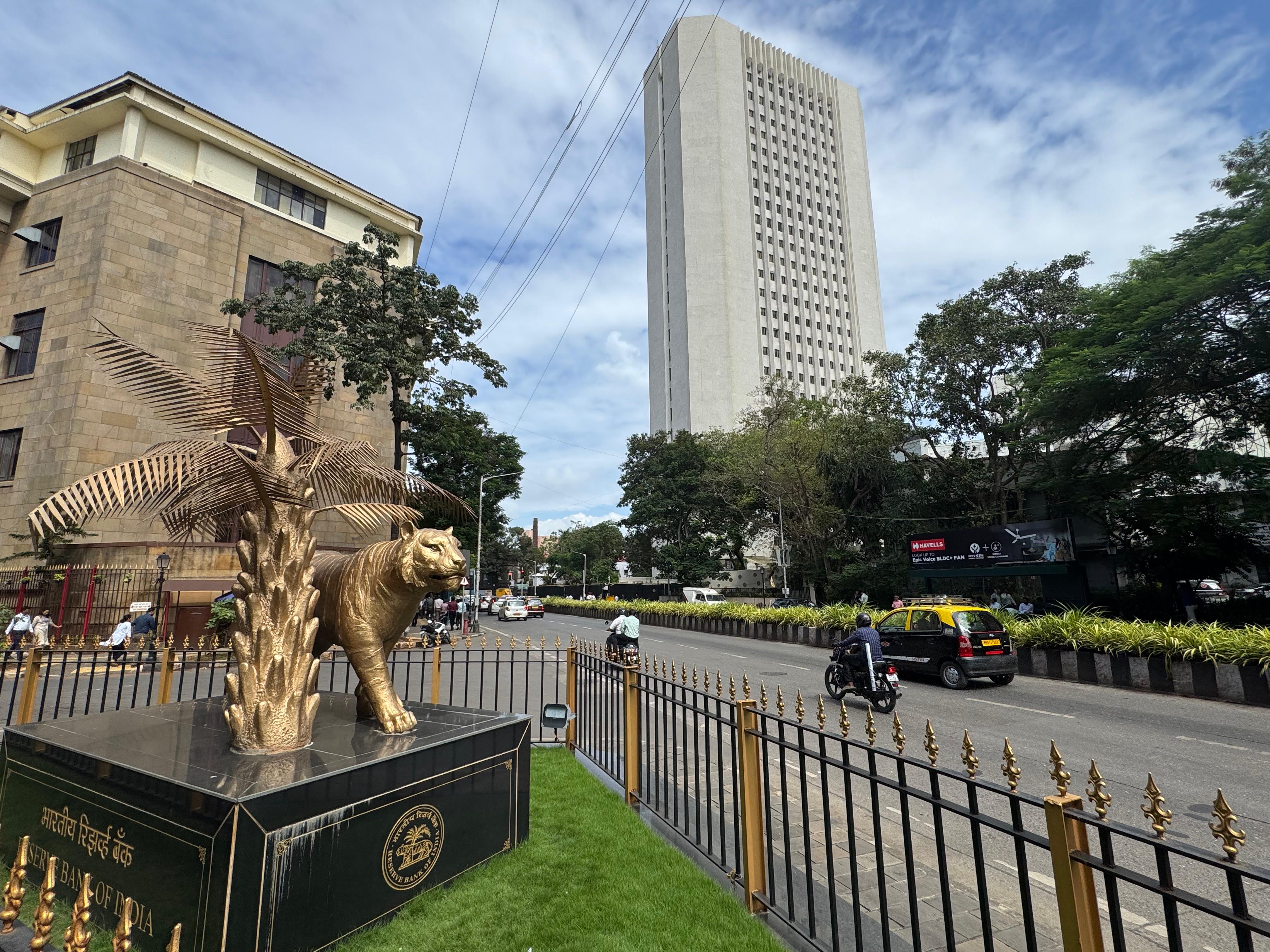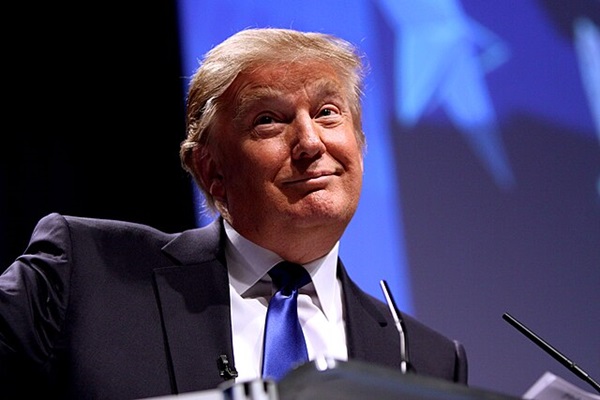.png)
By Mint Owl
Mint Owl tracks markets and policy with a steady eye, offering clear analysis on the choices shaping India’s economy and financial system.
October 16, 2025 at 10:00 AM IST
If news reports are any indication, Emirates NBD Bank PJSC is reportedly in the race to take a majority stake in RBL Bank through its wholly-owned Indian subsidiary.
Kotak Mahindra Bank is the only domestic institution currently viewed as a potential bidder for IDBI Bank. Other suitors for the public-sector lender are said to include global asset management firm Oaktree Capital, Prem Watsa’s Fairfax India, and Emirates NBD Bank.
During the global COVID-19 pandemic in 2020, when small private-sector lender Lakshmi Vilas Bank was facing a crisis, it was DBS Bank India, the wholly-owned subsidiary of Singapore’s DBS Bank, that the RBI found suitable for an amalgamation. The fact that DBS Bank Singapore was ready to infuse ₹25 billion into its India unit to support growth and ensure a smooth merger proved a rare win-win — stability for depositors and credibility for the regulator.
Earlier in 2018, Fairfax India, the Indian arm of Prem Watsa’s global firm Fairfax Financial Holdings, was allowed to take a 51% stake in CSB Bank, earlier known as Catholic Syrian Bank. This enabled the lender to complete its listing, attract talent, and transform itself from a small community-driven institution into one with an almost pan-India presence.
Capital Imperative
The answer lies in the fact that the Indian banking system urgently needs deep, patient capital to sustain economic growth.
The RBI has been hesitant to allow Indian corporates to become promoters of banks, owing to genuine concerns over self-dealing and the intermingling of funds with their other businesses. The fact that several corporate-owned non-bank finance companies have faced crises in recent years, and that many well-known companies and families have been named in frauds and scams, has only reinforced the RBI’s resolve to maintain its regulatory bar on corporate entities promoting banks.
From a historical perspective, the nationalisation of banks by the Government of India five decades ago was triggered by a spate of failures caused by corporates who promoted banks diverting public deposits to prop up their own empires.
The government has long been a major source of capital for the Indian banking sector but has been looking to consolidate lenders into larger entities, while also expressing intent to sell stakes in public-sector banks such as IDBI Bank and others. This, however, shrinks the domestic pool of fresh capital.
Foreign banks operating through branches in India have struggled to expand due to regulatory restrictions on branch openings, as well as growing competition from Indian banks and non-bank players in areas where they were once dominant.
Most large private-sector banks such as HDFC Bank and ICICI Bank already have majority foreign institutional holdings, albeit through diversified shareholding. This access to global capital has enabled them to expand rapidly. Other private banks are following suit, seeking similar depth of capital and global expertise.
The RBI’s wholly-owned subsidiary model for foreign banks has also provided greater comfort that such institutions can hold higher stakes in Indian banks without compromising regulatory or supervisory oversight. Unlike foreign banks operating purely through branches, subsidiaries give the RBI clear line of sight over operations and allow for the ring-fencing of the Indian unit in case the global parent faces a crisis. The DBS Bank India–LVB episode demonstrated the RBI’s willingness to walk the talk when allowing foreign players to invest in Indian banks.
This means that patient overseas capital keen to participate in India’s long-term growth story now has multiple routes — either as promoter entities (within prescribed limits) or through the wholly-owned subsidiary model for global banking institutions.
India’s openness to foreign capital in its banking system reflects a pragmatic balance between flexibility and caution by the RBI and the government. The subsidiary model offers the comfort regulators need while providing foreign institutions an almost “Indian bank–like” level playing field to invest and grow in the country.
For Indian banks — and by extension, the economy — to grow, it is imperative to remain open to new forms of capital beyond our shores. By designing frameworks that attract credibility, not just cash, the RBI is proving that prudence and progress can indeed coexist.




